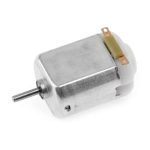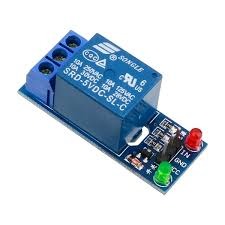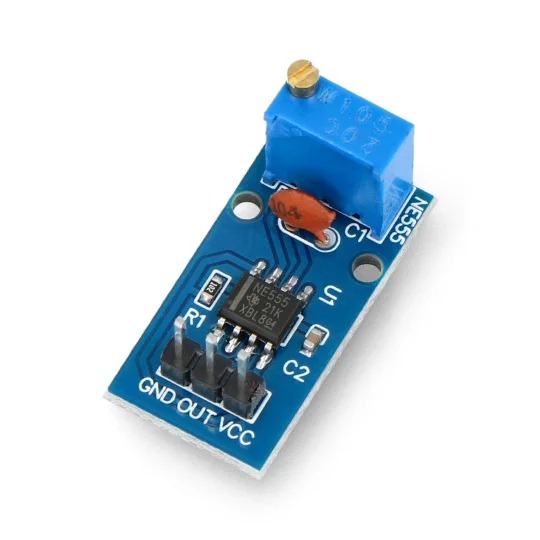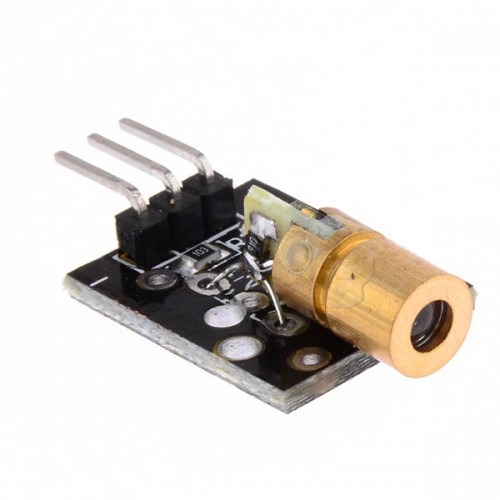1.3 Inch I2C IIC 4 pin OLED Display Module
-
1.3″ OLED screen with 128×64 resolution
-
I2C interface – requires only 2 data pins (SDA, SCL)
-
White or blue pixels on black background (batch-dependent)
-
Ultra-low power consumption for energy-efficient projects
-
Wide viewing angles and high contrast display
-
Based on SSD1306 controller – compatible with U8g2 and Adafruit libraries
-
3.3V to 5V operating voltage – works with most microcontrollers
-
Compact design with mounting holes for easy installation
Original price was: 320,00 EGP.230,00 EGPCurrent price is: 230,00 EGP.
In stock
In stock
Payment Methods:
Description
This is a 1.3 inch blue OLED display module. The display module can be interfaced with any microcontroller using SPI/IIC protocols. It is having a resolution of 128×64. The package includes a display board, display, 6 pin male header pre-soldered to board.
OLED (Organic Light-Emitting Diode) is a self-light-emitting technology composed of a thin, multi-layered organic film placed between an anode and cathode. In contrast to LCD technology, OLED does not require a backlight. OLED possesses high application potential for virtually all types of displays and is regarded as the ultimate technology for the next generation of flat-panel displays.
OLEDs basic structure consists of organic materials positioned between the cathode and the anode, which is composed of electric conductive transparent Indium Tin Oxide (ITO). The organic materials compose a multi-layered thin film, which includes the Hole Transporting Layer (HTL), Emission Layer (EML) and the Electron Transporting Layer (ETL). By applying the appropriate electric voltage, holes and electrons are injected into the EML from the anode and the cathode, respectively. The holes and electrons combine inside the EML to form excitons, after which electroluminescence occurs. The transfer material, emission layer material, and choice of electrode are the key factors that determine the quality of OLED components.
Pin Details:
- GND (power ground)
- VCC (positive power supply)
- SCL (clock line)
- SDA (data line)
Features:
- Only Need 2 I/O Port to Control
- Resolution : 128×48 pixels
- Color: Blue
- Fully Compatible with Arduino
- Working temperature: -30°C ~ 70°C
- Factory configured for SPI protocol (can be easily changed to IIC)
Useful Links:
Package Includes:
1 x GoldenMorning 1.3 Inch I2C IIC 4 pin OLED Display Module with VCC GND-Blue
Specification
General
| Weight Weight | 0,0000 g |
|---|---|
| display-type |
OLED (Organic Light-Emitting Diode) |
| screen-size |
1.3 inches (diagonal) |
| color |
Monochrome (Blue) |
| resolution |
Typically 128×64 pixels (varies by model) |
| interface |
I²C |
| viewing-angle |
Wide (~160° or more) |
| brightness |
High contrast, self-emissive pixels |
| power-supply |
3.3V or 5V (varies by model) |
| operating-temperature |
-30°C to +70°C (approx.) |
| dimensions |
~35mm x 35mm (varies by model) |
| thickness |
Ultra-thin (few millimeters) |











